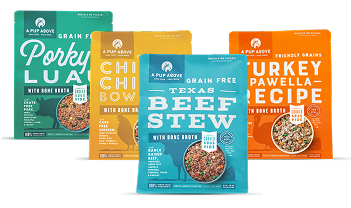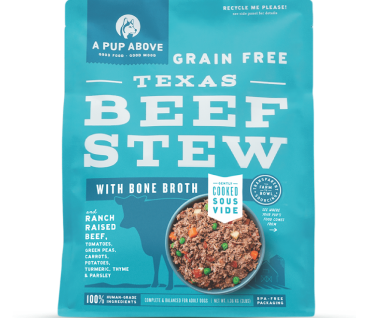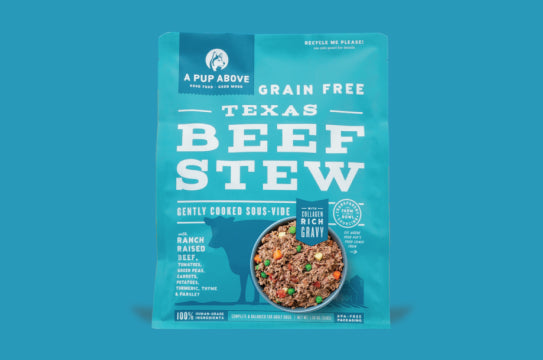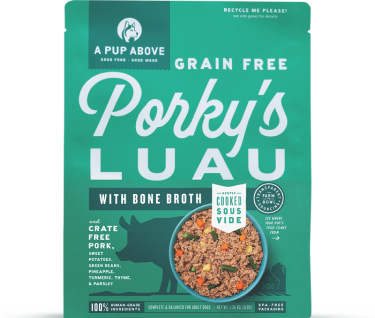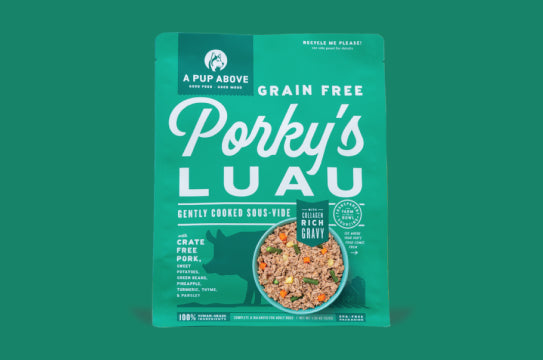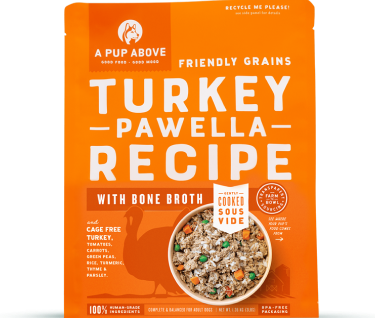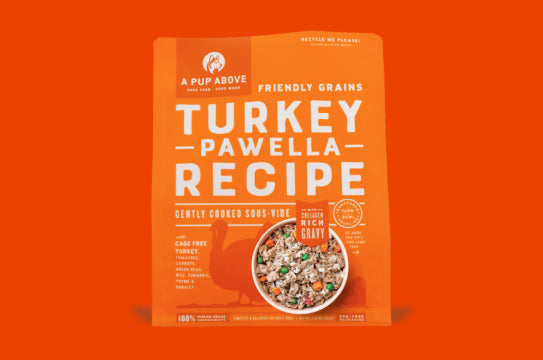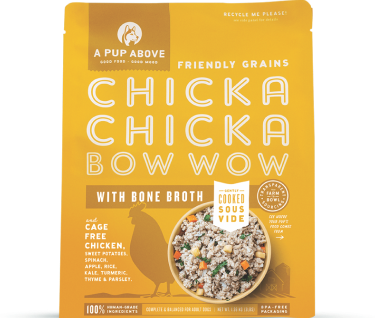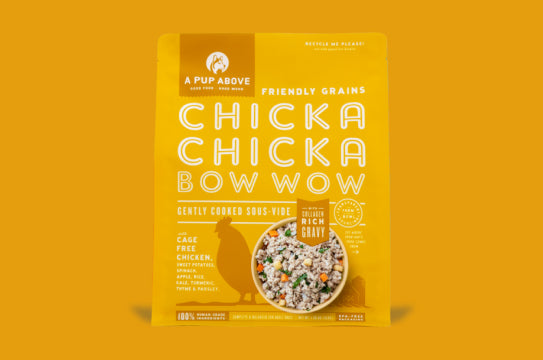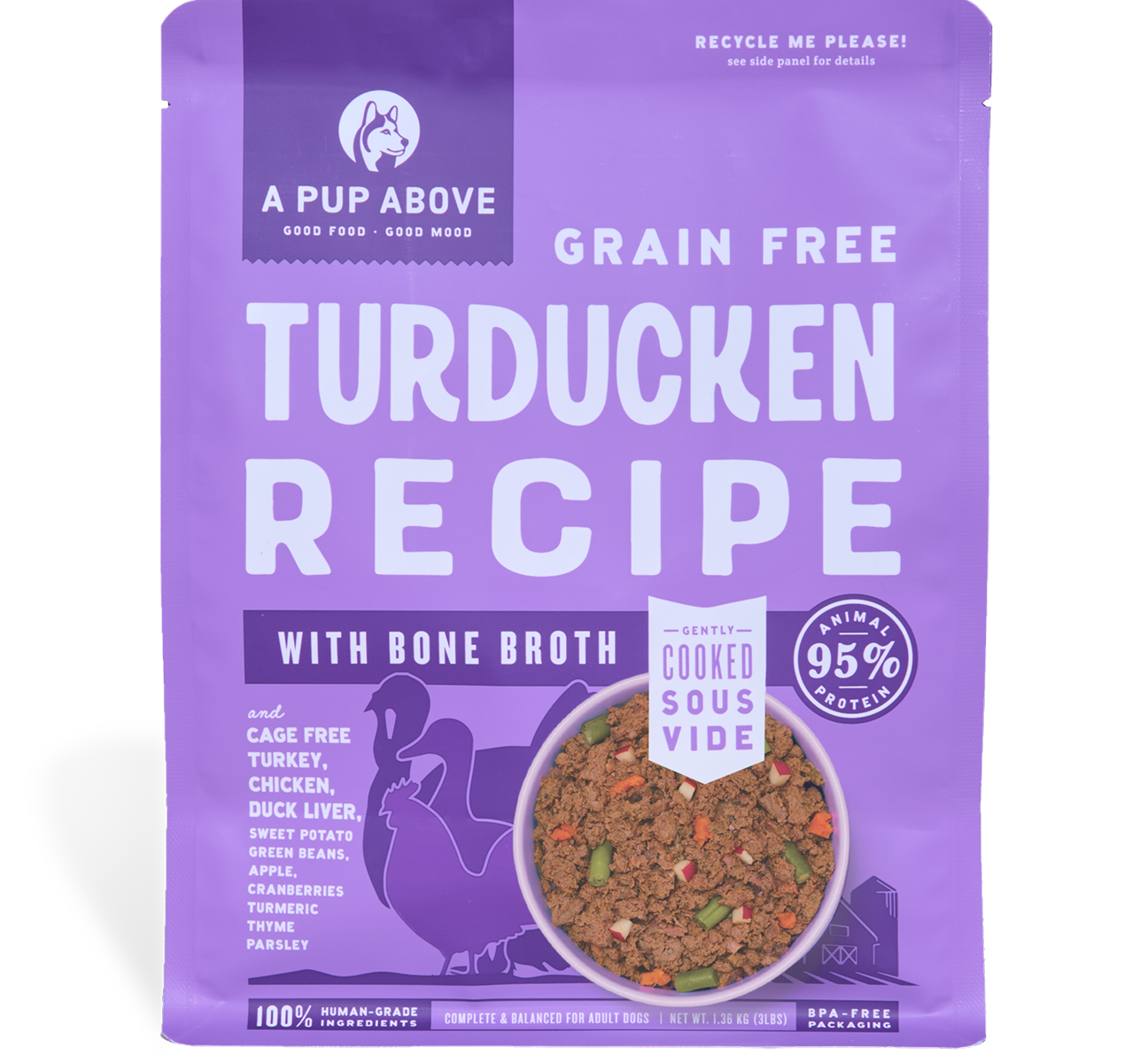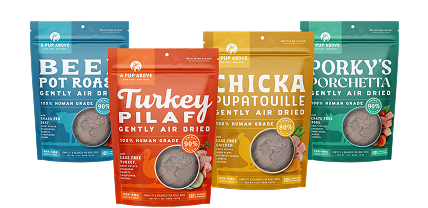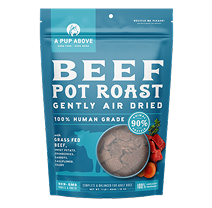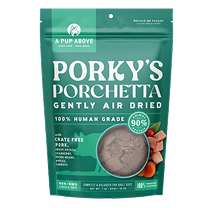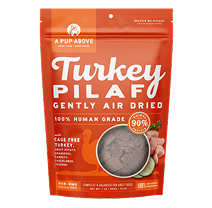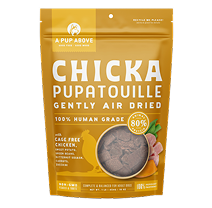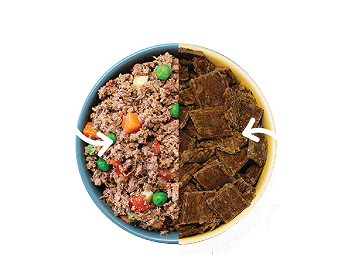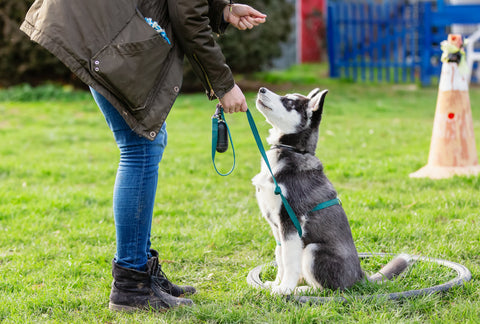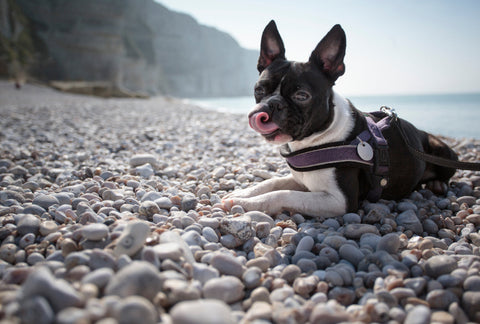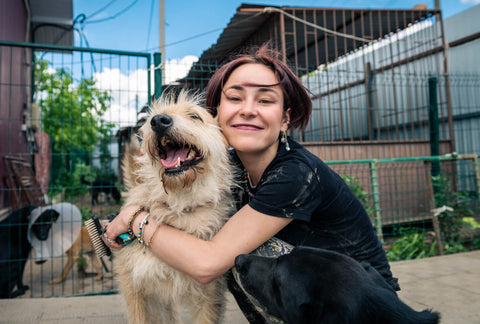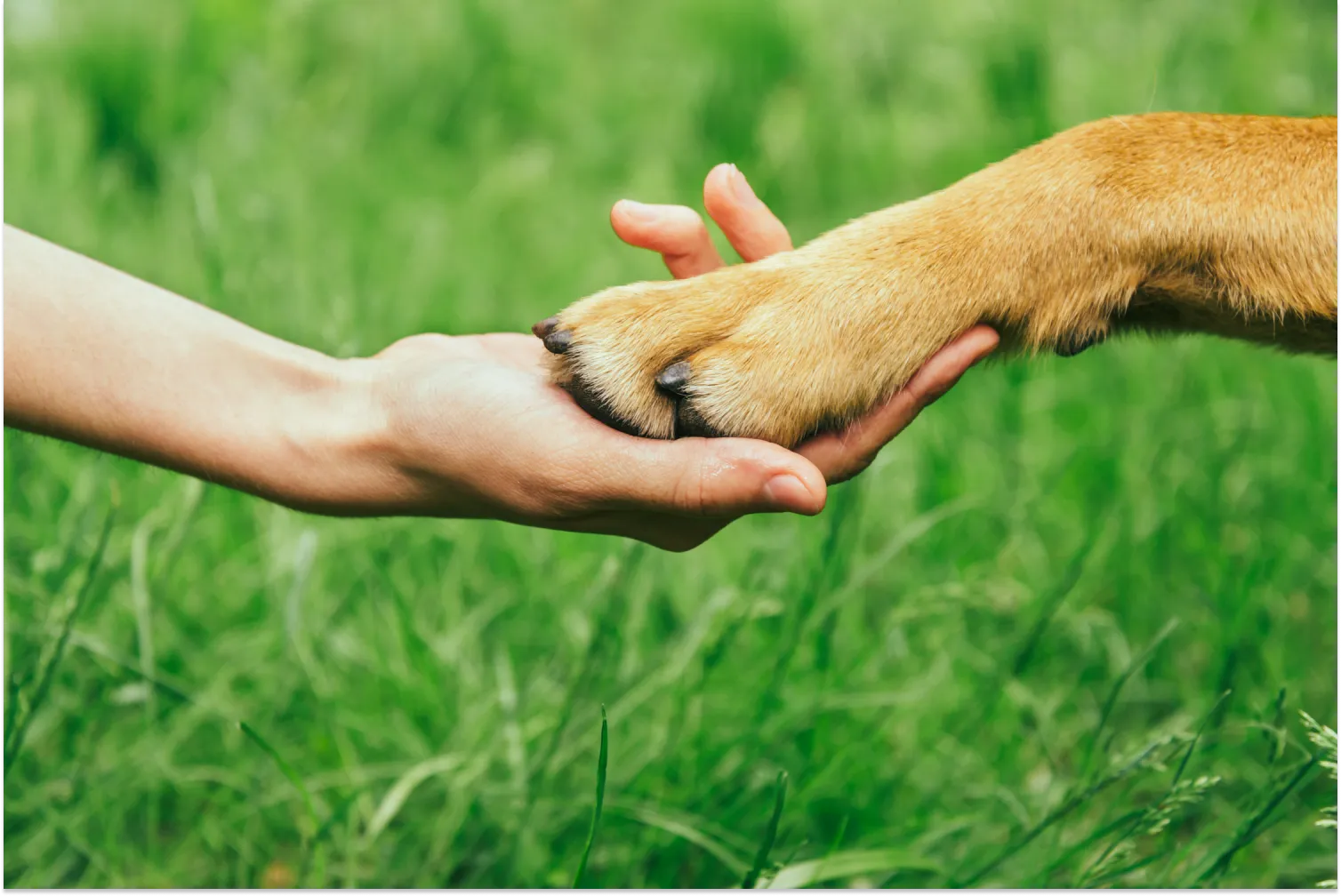
Dog Paw Facts and Care
Every dog owner knows that a wagging tail is a sign of happiness, and a pair of drooping ears might indicate fear or discomfort. But have you ever taken a moment to consider the tales that your dog's paws could tell?
Indeed, the four feet of our furry friends are more than just adorable; they are complex structures with important roles in the dog's health and well-being.
This article will explore the intriguing world of dog paws — their anatomy, the difference between dog and cat paws, typical paw characteristics across popular breeds, and, crucially, how to care for your pet's paws.
What Are Dog Paws?
A dog’s feet might look simple, but they are an intricate blend of different parts, each serving a unique purpose.
The most visible part is the paw pads, often referred to as digital pads. These thick, spongy structures on the underside of the foot serve as shock absorbers and provide traction when walking or running on various surfaces. Each foot also has a larger metacarpal pad, serving a similar purpose.
You'll find the carpal pad on the inner side of each leg. Although it doesn't directly touch the ground when the dog is walking or running, it provides extra traction and balance when navigating slippery surfaces or sudden stops.
Interestingly, your dog's paw pads contain numerous sweat glands. Unlike humans, dogs mainly use these glands for traction, not temperature regulation. The combination of blood vessels and fatty tissue within these pads also insulates against extreme temperatures.
Now, let's talk about the mysterious dewclaws. These are the "thumbs" of a dog and are located higher up on the leg. They do not typically touch the ground during a regular walk, but they provide extra stability when a dog runs at high speeds or turns sharply.
The structure of front paws and rear paws in dogs is similar, but front paws are usually larger and carry more of the dog's weight. Understanding this basic anatomy can help you better care for your dog's paws and be more vigilant for any signs of damage or discomfort.
Are Dog Paws and Cat Paws the Same?
While dog and cat paws may seem similar at first glance, there are several notable differences due to their distinct evolutionary histories and lifestyles.
- Size and Shape: Dogs generally have larger and rounder paws than cats. The paw size is typically proportional to the animal's size. Cats' paws are usually smaller and more oval-shaped.
- Toes: Dogs usually have five toes on their front paws (including the dewclaw, higher up on the leg, and doesn't always make contact with the ground) and four toes on their rear paws. Conversely, cats typically have five toes on their front paws and only four on their rear paws.
- Claws: Dogs have non-retractable claws that remain extended even when they're at rest, while cats have retractable claws that can be extended when needed (for climbing, hunting, or self-defense) and retracted when not in use. This is why you'll often see claw marks in a dog's paw print but not in a cat's paw print.
- Pad Structure: Both dogs and cats have digital and metacarpal pads, but dogs also have carpal pads on the back of their front legs, which provide extra traction and help with balance.
- Function: The structure of dog and cat paws is specialized for their different lifestyles and behaviors. Dogs, especially breeds developed for specific tasks, have paws designed for endurance and varied terrain. Some breeds even have webbed feet for swimming. Conversely, cats have paws designed for climbing and precision, enabling them to navigate high places and catch prey.
Remember, these are general observations, and there can be breed-specific variations in both dogs and cats.
Are All Dog Paws the Same?
Different breeds of dogs have distinctive paw features that can tell you a lot about their history and the work they were bred to do.
Retrievers, like the Labrador and the Golden Retriever, have webbed feet. This feature makes them excellent swimmers, essential for a breed known for retrieving waterfowl for hunters. Similarly, the Portuguese Water Dog, as the name suggests, is a superb swimmer thanks to their webbed feet.
Greyhounds, bred for speed, have more compact feet that help them run fast and efficiently. These “hare-like” feet are designed to give them maximum acceleration and endurance.
Doberman Pinschers, known for their guarding capabilities, have compact, cat-like feet. This structure provides them with agility and quickness to keep intruders at bay.
Understanding the purpose behind the structure of your dog’s feet will help you better provide for their needs and help you appreciate the unique characteristics of your canine companion. In the next section, we will dive into the care and maintenance of dog paws.
How Do I Take Care of My Dog’s Paws?
Caring for your dog's paws is as important as maintaining a healthy diet and providing regular exercise. Dog owners must pay attention to their pet's paw health, as their pads can often be exposed to rough surfaces and terrain during walks or playtime.
Different environments can impact your dog's paw pads. For example, rough terrains can lead to abrasions or blisters on the paws, while hot pavement can cause burns. Inspecting your dog's feet regularly for signs of damage, such as foreign objects lodged in the paw, swollen pads, or unhealthy-looking dog nails, is crucial.
Extreme temperatures can also significantly threaten your dog's paw health. In cold weather, your pup's paws can become dry and crack, leading to discomfort and potential infections.
Conversely, hot pavement in the summer can cause severe burns on a dog's paw pads. To prevent this, consider using dog boots or booties to provide an extra layer of protection.
Proper paw care doesn't stop at prevention; it also involves regular maintenance. Regularly washing your dog's paws with warm water can help remove any dirt or harmful substances they may have picked up on their walks. Using a paw balm can also help to soothe and heal damaged pads.
Trimming your dog's nails is another essential aspect of paw care. Overgrown nails can cause discomfort and lead to improper walking patterns. Also, control excessive licking as it can indicate an underlying issue like allergies or wounds.
Trimming the hair around the paws and between the individual toes can increase your dog's pad grip and reduce slipping and sliding on more solid surfaces such as hardwood floors. This can be done with a small hair or beard trimmer, a pair of scissors, or a pair of dog grooming shears. Take your time while trimming, ensuring you don’t cause cuts or nicks on the paws.
Remember that sometimes your pet might need professional help. If you notice signs of infection or severe discomfort, it's time to seek veterinary care. A Doctor of Veterinary Medicine (DVM) can provide comprehensive care and advice for your dog's paw health.
It's crucial to have basic first-aid knowledge for your pet. In case of minor injuries to the feet, knowing how to provide immediate care can prevent further complications.
Fun Facts About Dog Paws
Now that we've discussed the basics of dog paw care, let's lighten up with some fun facts about dog paws!
You might have noticed a distinct smell coming from your dog's feet. Some people compare this smell to the aroma of corn chips! This phenomenon, often referred to as "Frito Feet," is caused by natural bacteria on your dog's feet.
Each dog has a unique paw print, like humans have unique fingerprints. The patterns on their paw pads are unique to each individual.
Did you know that a dog's front legs are quite versatile? Thanks to their metacarpal and metacarpal bones, dogs can do more than just walk or run; they can dig, swat, and even gesture.
While dog paw pads seem tough, they're actually very sensitive. The pads contain a high concentration of nerve endings, making them highly responsive to different types of stimuli. This sensitivity is one of the reasons why your dog might pull their paw away if they step on something uncomfortable.
Puppy Paws
From navigating rough terrains to signaling their unique identity through paw prints, the intricate world of dog paws is truly fascinating. They are resilient yet sensitive, tough yet susceptible to various conditions.
Understanding the anatomy, recognizing the breed-specific attributes, and adopting the best care practices are all steps toward ensuring your canine companion is comfortable and healthy.
At the end of the day, our dogs give us unwavering love and companionship. The least we can do is ensure their paws - the very things that carry them to our sides — are well cared for.
Whether applying a soothing paw balm after a long walk on a hot day, protecting their pads with booties in the cold weather, or simply providing a gentle massage to those well-traveled feet, every act of paw care contributes to their overall health and happiness.
Because our pooches deserve the best, we must give them the best — including the best paw care. Remember, a happy dog is a healthy dog, and healthy paws make for a happy dog.
While your pup deserves the best care, they also deserve the best diet. For a balanced diet designed for your pup's overall health, check out A Pup Above.
Sources:
An Improved Understanding of Canine Paw Anatomy | Canine Health Foundation
What To Do If Your Dog Has a Cut Paw | Berkeley Vet Blog
What’s the difference between a DVM and a VMD degree? | Patton Veterinary Hospital
Top Stories
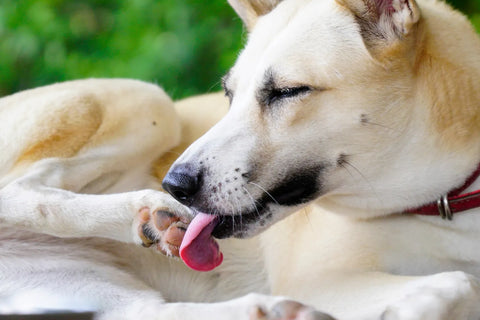
Why Do Dogs Lick Their Paws?

Why Do Dogs Whimper & Make Noises in Their Sleep?
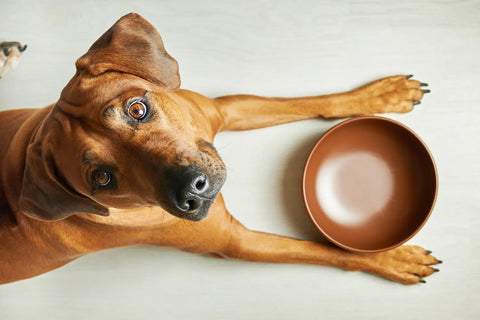
Healthy Vet-Approved Homemade Dog Food Recipes

How To Cook Sweet Potatoes for Dogs


